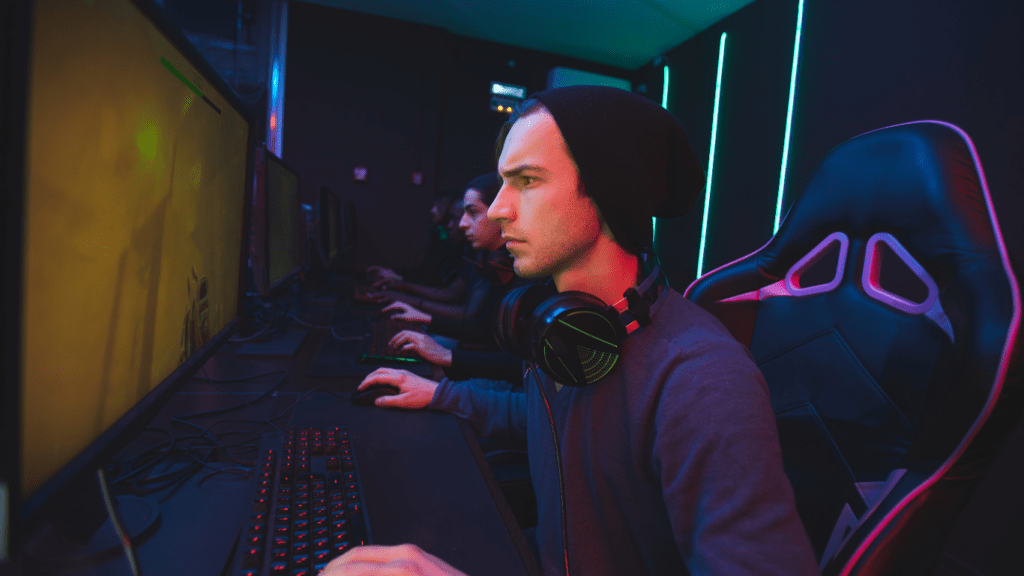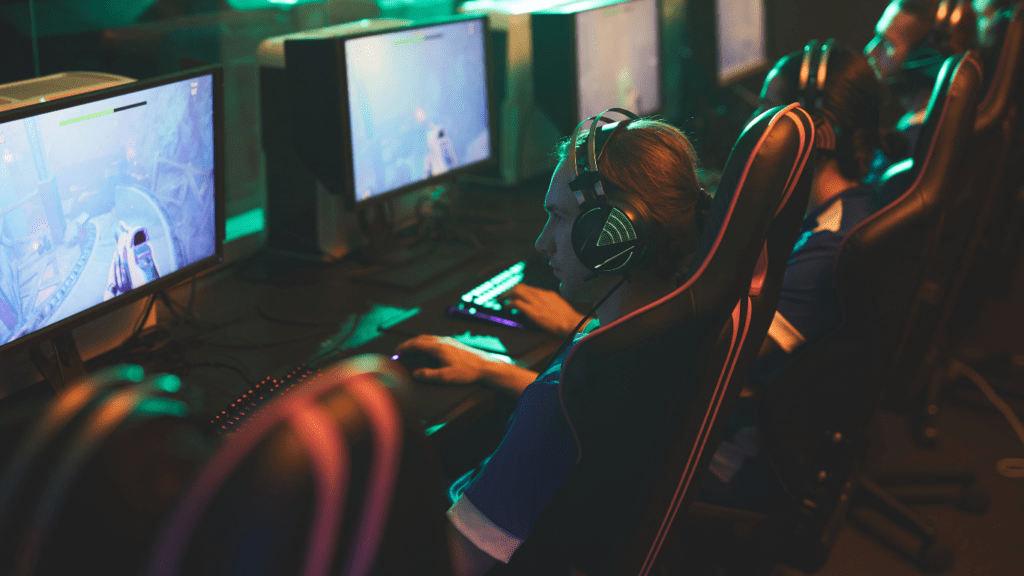As a gaming enthusiast, I’ve witnessed firsthand the revolutionary impact of ray tracing on the landscape of PC gaming. The introduction of this cutting-edge technology has not only elevated the visual quality of games but has also transformed the overall gaming experience.
With ray tracing, lighting, shadows, and reflections in games have reached a level of realism that was once unimaginable. In this article, I’ll delve into the ways in which ray tracing is reshaping the gaming industry, pushing boundaries, and setting new standards for visual excellence.
From enhanced graphics to immersive gameplay, the integration of ray tracing in PC gaming has opened up a world of possibilities for both developers and gamers alike. Join me as we explore the game-changing effects of ray tracing and its bright future in the world of gaming.
Exploring Ray Tracing Technology
Delving into Ray Tracing’s Impact on PC Gaming
Taking a closer look at Ray Tracing technology, it’s essential to understand its profound impact on the landscape of PC gaming. This revolutionary technology has revolutionized the way we experience games, offering incredibly realistic graphics and visuals that enhance immersion and realism.
Unveiling the Advanced Graphics of Ray Tracing
Exploring Ray Tracing further reveals its ability to simulate the behavior of light in a virtual environment accurately. This leads to stunning reflections, shadows, and lighting effects that add depth and detail to gaming worlds.
With Ray Tracing, gone are the days of flat and artificial graphics players are now treated to lifelike scenes that blur the line between reality and virtuality.
Diving into Immersive Gaming Experiences
Immersive gameplay is at the core of what makes Ray Tracing technology so revolutionary. By providing realistic lighting and effects, Ray Tracing creates a more engaging and captivating gaming experience.
From the subtle reflections on a wet pavement to the intricate shadows cast by surrounding objects, every detail is meticulously rendered, enhancing the overall realism of the game world.
Exploring the Future of Gaming with Ray Tracing
Looking ahead, the future of PC gaming is undoubtedly intertwined with Ray Tracing technology. As developers continue to harness the power of Ray Tracing to push graphical boundaries, gamers can expect even more visually stunning and immersive gaming experiences in the years to come.
Ray Tracing is not just a trend in gaming – it’s a fundamental shift that is reshaping the industry and setting new standards for visual fidelity and realism.
Benefits of Ray Tracing in PC Gaming
Exploring the advantages of ray tracing in PC gaming reveals a multitude of benefits that contribute to elevating the overall gaming experience. Let’s delve into how this cutting-edge technology enhances gaming visuals and realism.
Realistic Lighting and Reflections
Ray tracing technology excels in producing lifelike lighting effects and reflections in PC games. It accurately simulates the behavior of light, enabling games to feature stunningly realistic shadows, reflections, and lighting dynamics.
By mimicking how light interacts with surfaces and objects in the virtual environment, ray tracing creates a more immersive gameplay experience. For instance, players can enjoy detailed reflections on water surfaces, dynamic lighting effects, and authentic shadows that enhance the visual quality of games.
Enhanced Visual Quality
One of the standout benefits of ray tracing in PC gaming is the substantial improvement in visual quality. This technology elevates graphics to a new level of realism by enabling developers to incorporate intricate details and lifelike effects into games.
From realistic shadows that react realistically to light sources to authentic reflections that mirror the environment, ray tracing adds depth and authenticity to virtual worlds. The enhanced visual quality provided by ray tracing not only enriches the aesthetics of games but also increases the overall immersion and engagement for players.
Impact of Ray Tracing on PC Gaming Industry
Exploring the profound impact of ray tracing on the PC gaming industry reveals how this technology revolutionizes gaming visuals and immersion. Ray tracing’s simulation of light behavior in virtual environments creates breathtaking reflections, shadows, and lighting effects, elevating the realism of gaming worlds to unprecedented levels.
The industry benefits significantly from the realistic lighting and reflections enabled by ray tracing. By accurately replicating how light interacts with surfaces, this technology produces dynamic lighting effects and detailed reflections, enhancing the overall visual quality of games.
These advancements not only enhance the aesthetics but also foster deeper player engagement with more immersive gaming experiences. The future trajectory of PC gaming closely intertwines with the evolution of ray tracing technology.
Developers continually harness its capabilities to push the boundaries of graphical excellence, promising a new era of visual fidelity and realism in gaming. Ray tracing heralds a fundamental transformation in the industry, establishing higher standards for visual quality and offering players increasingly captivating gaming experiences in the foreseeable future.
Challenges and Limitations
Exploring the realm of ray tracing in PC gaming unveils not only its remarkable advancements but also its challenges and limitations. While this technology continues to push the boundaries of visual realism, certain obstacles hinder its full potential.
Let’s delve into some of the key challenges and limitations faced in the adoption of ray tracing in PC gaming:
- Hardware Requirements: One significant challenge posed by ray tracing is the demand for high-end hardware. To fully experience the benefits of ray tracing, gamers often need powerful graphics cards that support real-time ray tracing technology. This can be a barrier for entry for some players, as upgrading to meet these requirements can be costly.
- Performance Impact: Implementing ray tracing in games can have a notable impact on performance. The computational intensity of rendering realistic lighting effects and reflections in real-time can strain hardware resources, leading to lower frame rates and potential lag. Balancing visual quality with smooth gameplay remains a constant challenge for developers.
- Optimization Complexity: Another limitation is the complexity of optimizing games for ray tracing. The intricate algorithms and calculations involved in simulating light behavior accurately require meticulous development and testing. Ensuring that games run efficiently without compromising visual fidelity is a delicate balance that developers must strike.
- Compatibility Issues: Compatibility issues also present a challenge in the widespread adoption of ray tracing. Not all games and gaming engines fully support ray tracing technology, limiting the availability of ray-traced titles. This fragmentation in compatibility can deter developers from investing heavily in integrating ray tracing into their projects.
- Cost Factor: The cost associated with developing ray-traced games is another consideration. Creating content that leverages the full potential of ray tracing requires additional time and resources, contributing to higher production costs. This financial aspect can influence the decision-making process for studios when deciding whether to embrace ray tracing in their games.
While the advancements in ray tracing technology have revolutionized the visual landscape of PC gaming, challenges such as hardware requirements, performance impact, optimization complexity, compatibility issues, and cost considerations pose significant hurdles. Addressing these challenges is crucial for the continued growth and integration of ray tracing in the gaming industry.





